The academy programs of the northern state clubs raise the old question at the heart of the AFL – do we want a national game, or to maintain a parochial passion?
It was a notoriously rough start to the season for the Swans – winless after their first six. Worse for Isaac Heeney, he had to watch from the sideline while recovering from glandular fever.
Heeney says he went “insane” having to sit around, a unique torment for an outdoors-loving country boy who grew up outside Newcastle. He was the kind of raw sporting talent that the academy was set up to find – and to flip.
“If it wasn’t for the academy, I wouldn’t be in the AFL,” he says. “It did get me out of a different sport. I believe I would’ve gone down the rugby league path. Growing up where I did, you were sort-of made of for playing AFL.”
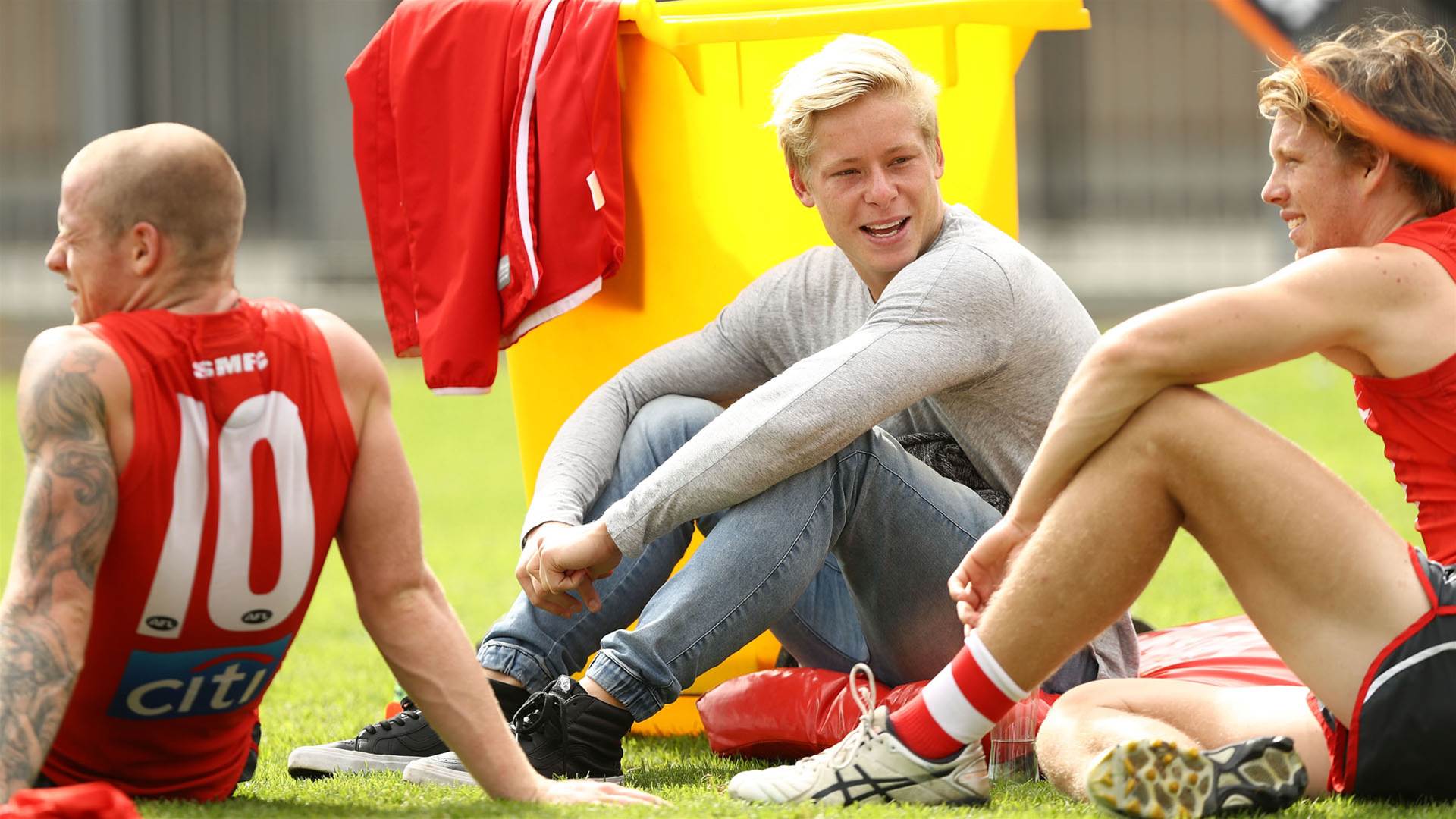
Callum Mills was a similar case, although the AFL’s rookie of the year in 2016 has a different pedigree. His grandfather had played in the WAFL, and he had participated in Auskick at a young age. He had drifted to rugby union before a chance intervention that involved Swans chairman Andrew Pridham.
Like Heeney, Mills attests that his career choice wouldn’t have happened if not for the academy. It gave him an aspiration to play for Sydney, which was no small thing – unlike in the AFL’s heartland states, the kids don’t necessarily grow up dreaming of being Swans, Giants, Lions or Suns – as well as replicating a nurturing footy culture.
“It was very much the training and practising skills,” Mills says. “People outside NSW kick a footy at lunchtime; we don’t. Getting the volume of skill, that was the main thing. The competitiveness ramped up from about 15 onwards, which I enjoyed and Isaac also.”
As the modern AFL increasingly dislocates players from their roots, the connection of the academy graduates comes off as quaint. “That was the plan, to have home-grown players eventually play for the Swans,” Mills says.
The implicit question for footy partisans: in the drive to make the AFL more national, at the source of its players and not merely in where the clubs are located, are a few compromises to parity worth it? Can a national comp truly endure if it continues to get 90 percent of its players from less than half the country’s population base? Do people care unless it disadvantages their team?
This is a dilemma that only gets resolved, perhaps, as the academies produce players for other clubs. It’s also one of Chris Smith’s sincere hopes: “I’m trying to provide these kids with an opportunity to play at the highest level, and it can’t just be the Swans.”
Related Articles
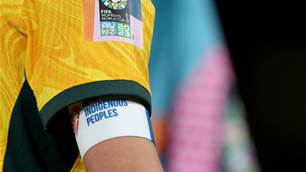
FIFA counters on Indigenous rights at Women's World Cup
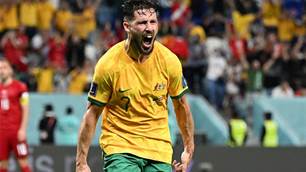
Socceroo star's message to kids: Don't be an AFL player
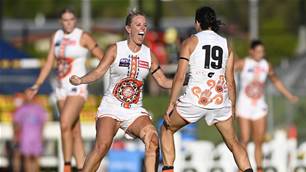
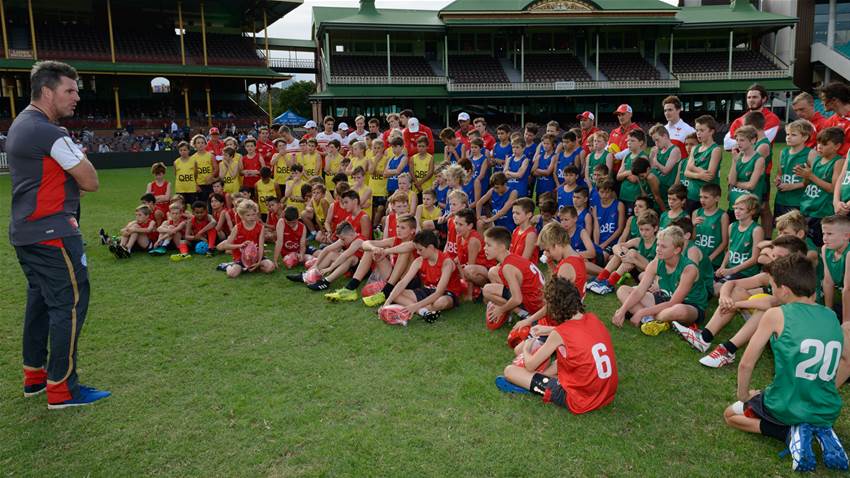





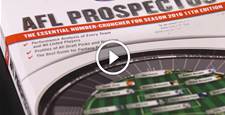
.jpg&h=115&w=225&c=1&s=1)




